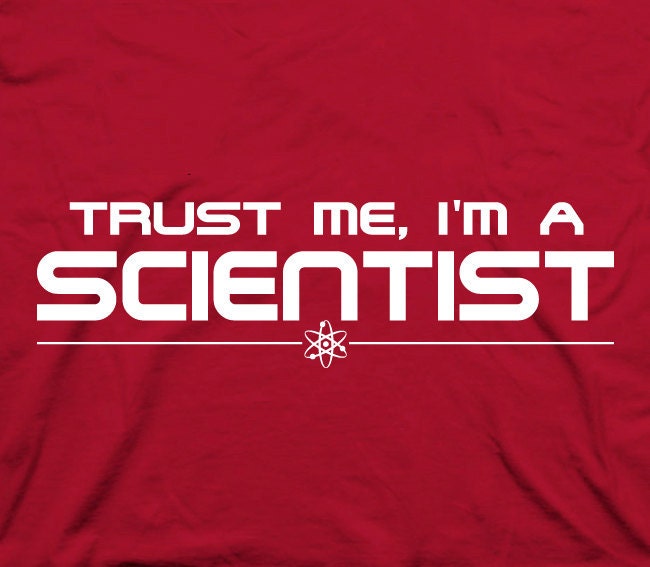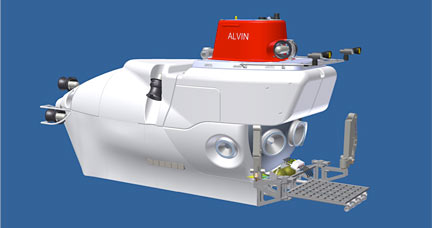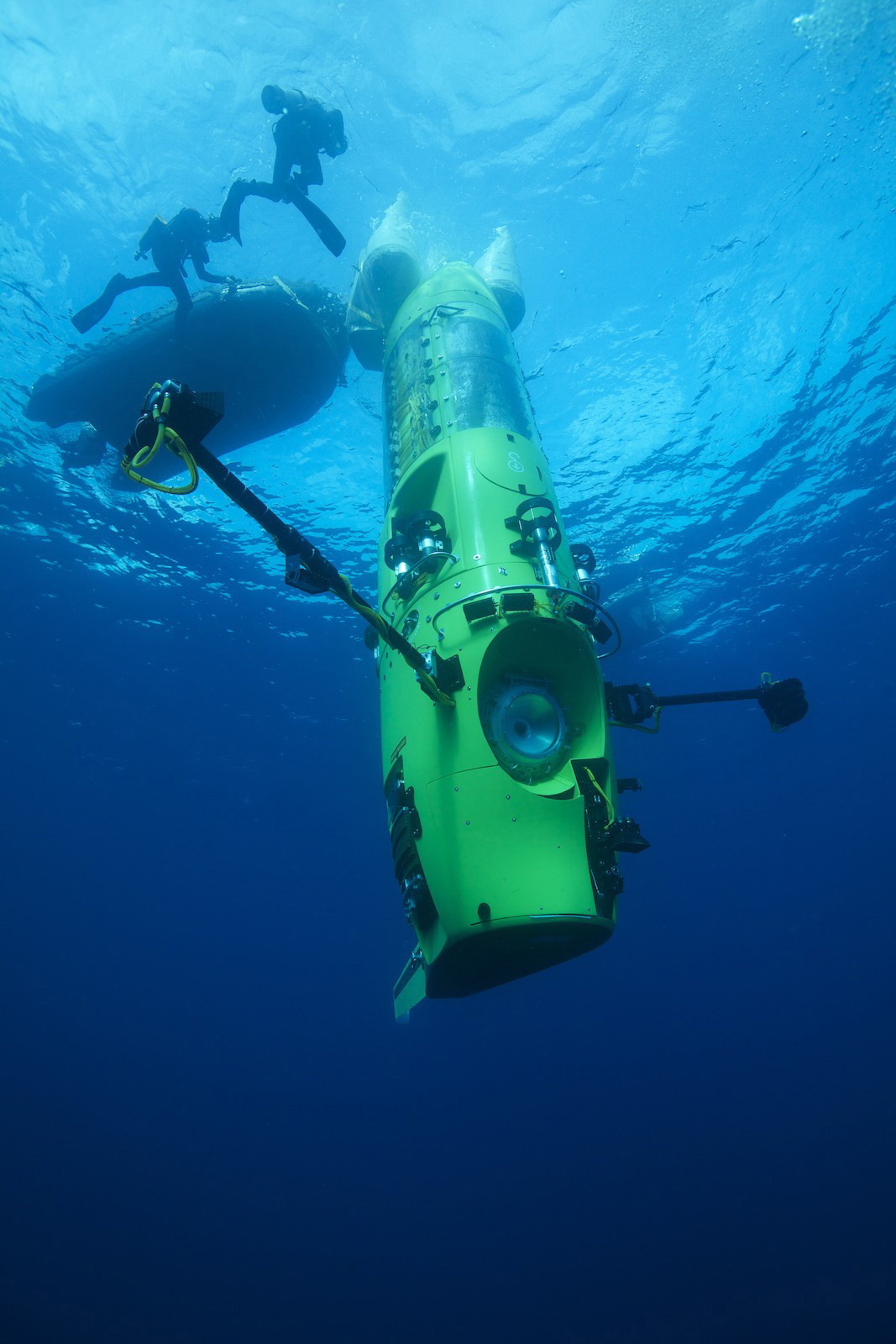 During World War II, fishing effort drastically plummeted as ships and men were repurposed to fight in the war. This resulted in a double blip in fish catches -- a drop during the war and an increase in size and numbers after the war when fishing resumed. In ecological terms, the top predator had to allocate resources to survival which decreased predatory pressure... additionally, the top predators were dispersed to other parts of the world.
During World War II, fishing effort drastically plummeted as ships and men were repurposed to fight in the war. This resulted in a double blip in fish catches -- a drop during the war and an increase in size and numbers after the war when fishing resumed. In ecological terms, the top predator had to allocate resources to survival which decreased predatory pressure... additionally, the top predators were dispersed to other parts of the world.I had the privileged to meet a researcher, Cullen Hendrix, from William and Mary who along with Sarah Glaser has made strides in establishing the connection between conflict and fish beyond just the WWII 'blips'. Globally, when there is sustained conflict reported fish catches decrease. However, unlike WWII, Cullen and Sarah found that fish catches did not rebound to exceed or even meet ore-conflict levels until decades after resolution of conflict. There are many possible reasons for this lag - illegal and unreported fishing in poorly patrolled waters, destruction of infrastructure or capital (such as piers, boats, nets, etc), and my favorite... loss of human capital through the dispersal/migration of people.
There are some exceptions. It is possible to have the opposite effect. If conflict displaces refugees towards a coast, distant conflict can indirectly create an increase in fishing pressure and thus fish catch.
These drastic changes in fishing pressure due to conflict can have ripple effects through the ecosystems. As far as I can tell, exactly how the ecosystems react to temporary changes in human dispersal during conflict is a wide open question with fascinating implications for the economic and environmental costs of conflict.
Cullen S. Hendrix and Sarah M. Glaser. (2011) Civil conflict and world fisheries, 1952-2004. Journal of Peace Research. 48: 481-495. (link) (pdf) **Awarded the Nils Petter Gleditsch Journal of Peace Research Article of the Year Award, 2011**





























